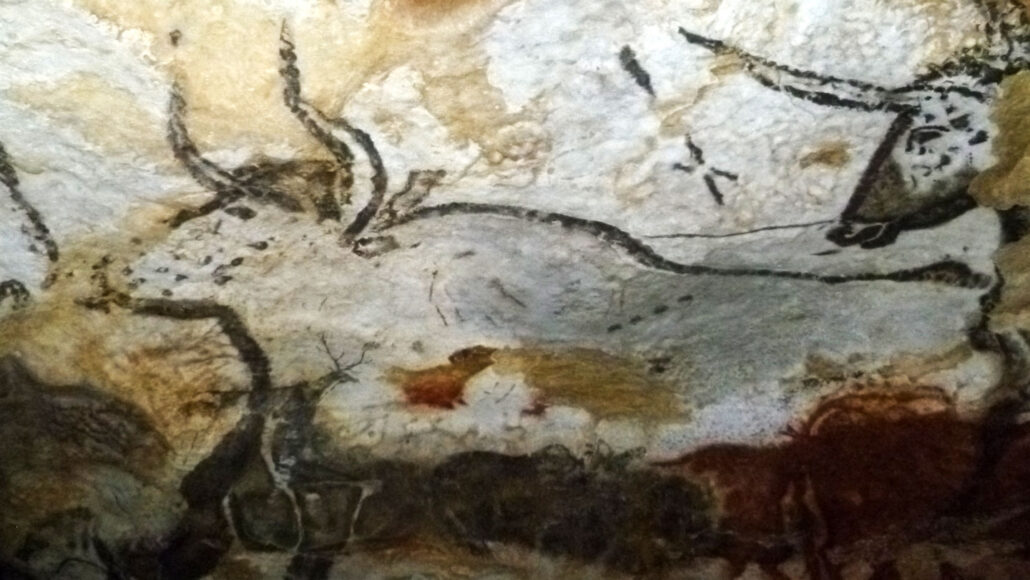Mysterious marks on Ice Age cave art may have been a form of record keeping

(TWN)- As far back as roughly 25,000 years ago, Ice Age hunter-gatherers may have jotted down markings to communicate information about the behavior of their prey, a new study finds.
These markings include dots, lines and the symbol “Y,” and often accompany images of animals. Over the last 150 years, the mysterious depictions, some dating back nearly 40,000 years, have been found in hundreds of caves across Europe.
Some archaeologists have speculated that the markings might relate to keeping track of time, but the specific purpose has remained elusive (SN: 7/9/19). Now, a statistical analysis, published January 5 in Cambridge Archeological Journal, presents evidence that past people may have been recording the mating and birthing schedule of local fauna.
By comparing the marks to the animals’ life cycles, researchers showed that the number of dots or lines in a given image strongly correlates to the month of mating across all the analyzed examples, which included aurochs (an extinct species of wild cattle), bison, horses, mammoth and fish. What’s more, the position of the symbol “Y” in a sequence was predictive of birth month, suggesting that “Y” signifies “to give birth.”
The finding is one of the earliest records of a coherent notational system, the researchers say. It indicates that people at the time were able to interpret the meaning of an item’s position in a sequence and plan ahead for the distant future using a calendar of sorts — reinforcing the suggestion that they were capable of complex cognition.
“This is a really big deal cognitively,” says Ben Bacon, an independent researcher based in London. “We’re dealing with a system that has intense organization, intense logic to it.”
A furniture conservator by day, Bacon spent years poring through scientific articles to compile over 800 instances of these cave markings. From his research and reading the literature, he reasoned that the dots corresponded to the 13 lunar cycles in a year. But he thought that the hunter-gatherers would’ve been more concerned with seasonal changes than the moon.
In the new paper, he and colleagues argue that rather than pinning a calendar to astronomical events like the equinox, the hunter-gatherers started their calendar year with the snowmelt in the spring. Not only would the snowmelt be a clear point of origin, but the meteorological calendar would also account for differences in timing across locations.
YOU MAY ALSO LIKE THIS
Top Free AI Websites in 2025 and Their Key Features
Artificial Intelligence continues to revolutionize how we work, create, and communicate, and 2025 offers an impressive array of fr..
1 Month Ago
2025 Global Entertainment Industry Sees Rising Streaming Subscriptions..
The global entertainment industry in 2025 continues to evolve rapidly with streaming platforms leading the way in reaching new aud..
1 Month Ago
Global Carbon Emissions Hit Record High in 2025 Despite Climate Effort..
In 2025, global carbon dioxide emissions from fossil fuels reached a record high, increasing by 1.1% compared to the previous year..
1 Month Ago

_1763308546.png)
 (1)_1763140461.png)
_1763140142.png)

